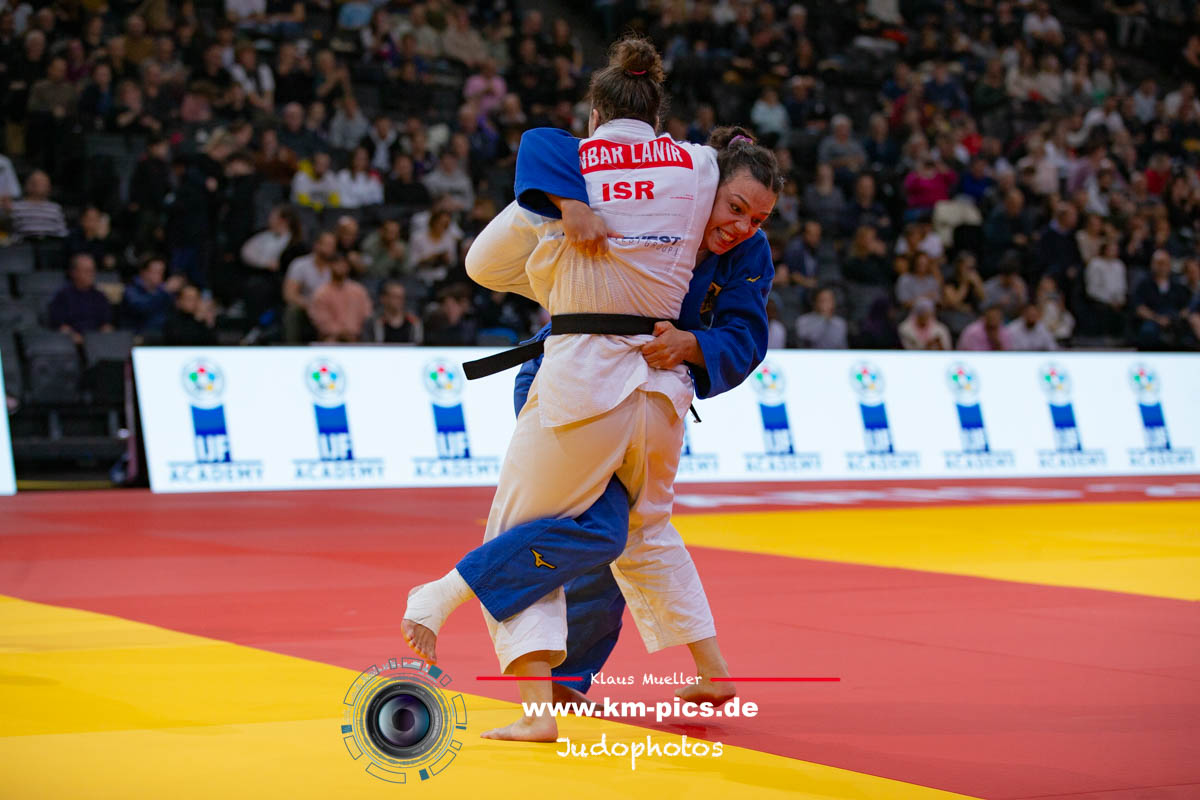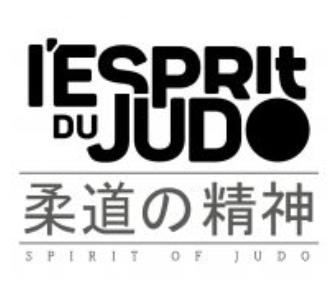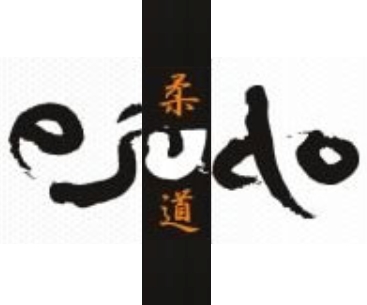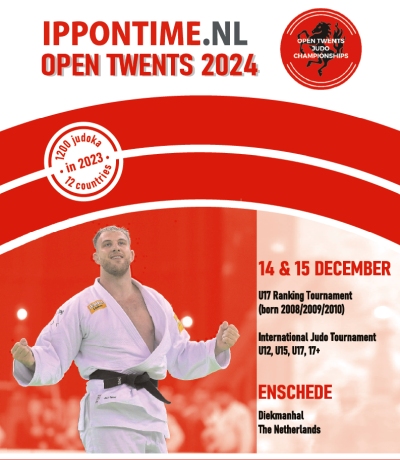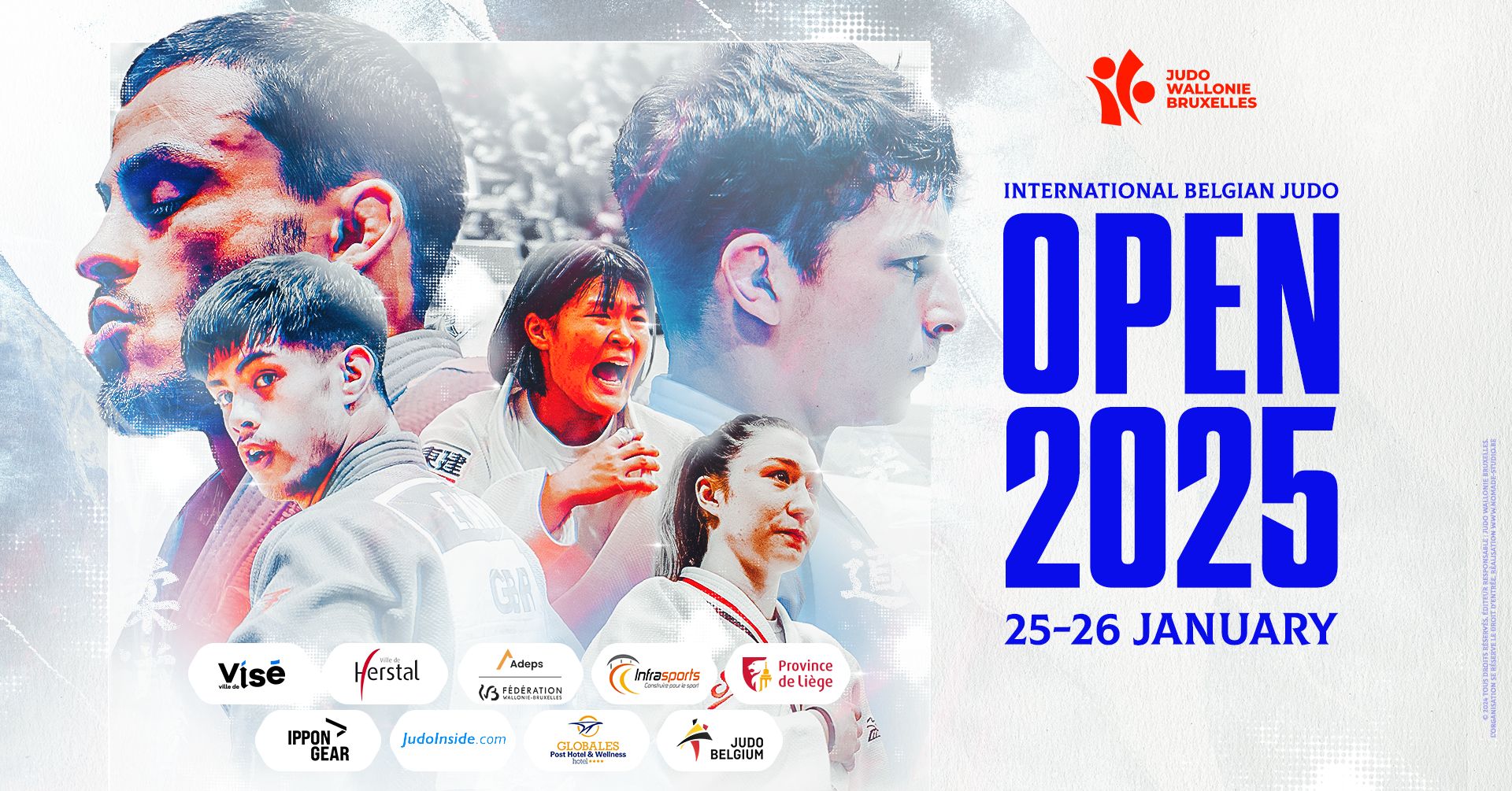How Hitoshi Saito saved the day for Japan in 1988
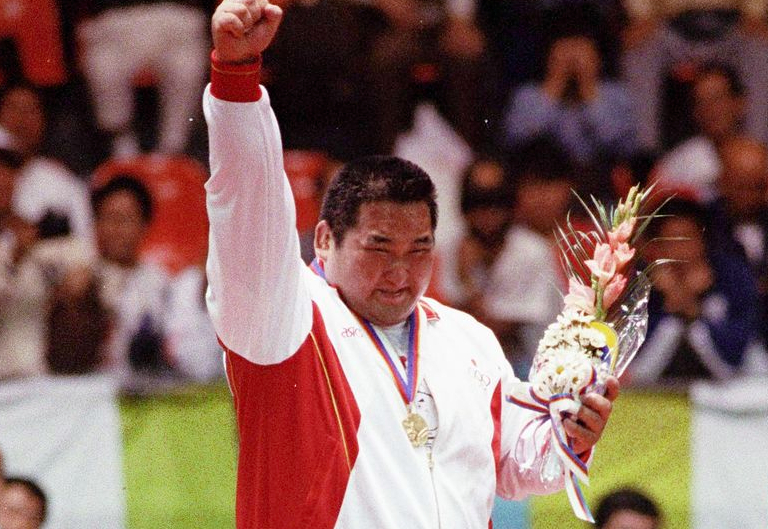
 9 Jun 2022 10:40
9 Jun 2022 10:40
 by JudoCrazy and JudoInside
by JudoCrazy and JudoInside
 David Finch / Judophotos.com
David Finch / Judophotos.com
On paper, Japan had one of the strongest Olympics team for Seoul 1988. At U60kg was World and Olympic Champion Shinji Hosokawa; at U65kg was the reigning World Champion Yosuke Yamamoto; at U71kg was the brilliant Toshihiko Koga; at U78kg was the reigning World Champion Hirotaka Okada; at U95kg was double World Champion Hitoshi Sugai; and at +95kg was the World and Olympic Champion Hitoshi Saito.
The only chink in the Japanese armour was Akinobu Osako, who was the top player at U86kg in Japan but did not have an international track record.
With a line-up like that, Japan was expected to bring home many gold medals. But as each day passed, it increasingly looked as if Japan might for the first time, in the history of the Games, would end up with no gold medals.
At U60kg, Hosokawa was the defending champion. He easily breezed through to the semifinal but was shockingly defeated by Kevin Asano (USA) by a hantei. This was the first major upset of the Games for Japan.
Everyone was excited to see Yamamoto, Japan’s U65kg representative, as he had put on a brilliant display of judo at the 1987 Essen World Championships, just a year before. It was again in the semifinal that Japan’s gold medal hopes were dashed.
The semifinal match between Yamamoto and Poland’s seoi-nage specialist Janusz Pawlowski was to be but a foregone conclusion, except that it wasn’t. Initially it seemed like Yamamoto was on his way to the final, scoring a koka, yuko and waza-ari against Pawlowski. Then, with just 36 seconds left in the match, the Pole dropped under Yamamoto and threw him with a drop seoi-nage for ippon.
Surely, the man to deliver Japan its first judo gold medal would be the competition’s most exciting player, Japan’s throwing machine: Toshihiko Koga at U71kg. He had a surprisingly difficult time with a relative unknown Park Chung-Hee (KOR) who had obviously studied Koga’s gripping pattern and thwarted his attempts to secure a lapel grip for his seoi-nage throw. In the end, Koga relied on a footsweep to scrape through with a koka win.
Things got much worse in the next round, when Koga faced the Soviet player Gennady Tenadze, who employed a Georgian-style grip to force Koga into a bent position for most of the match. He didn’t just make it impossible for Koga to do his seoi-nages, he also threw Koga. Not once but twice, both times with foot-sweeps for a yuko and a koka. Time ran out on Koga and with that, gone was another of Japan’s gold hopefuls.
Japan’s U78kg World Champion Hirotaka Okada was stopped in his tracks in his second match, when he was outpowered by the Frenchman Pascal Tayot, who took him to the ground and pinned him for ippon.
Osako at U86kg was the least likely of Japan’s players to go very far but he actually made it all the way to the semifinal. Getting past defending champion Peter Seisenbacher (AUT), however, was a bridge too far. By Day 5, Japan was still without a judo gold medal.
Japan’s Olympic judo journey officially turned into a nightmare on Day 6 when top favourite, double World Champion Hitoshi Sugai at U95kg, was defeated in his first match, where he was thrown with ura-nage for yuko by the then-unknown Stephane Traineau of France.
With only one day left in the Olympic judo event, there was a real danger Japan would leave the Olympics without a gold medal. That would have been a certified disaster for the country that gave the world judo.
So desperate was the situation that rumour began spreading that the legendary champion Yasuhiro Yamashita, who was providing broadcast commentary for Japanese TV, would come out of retirement to salvage Japanese pride. Of course, the rumours were just that, and Yamashita had to politely dismiss any notion of him returning to the mat to his media colleagues.
For salvation, Japan had to turn to World and Olympic Champion Hitoshi Saito. But Saito had broken his arm at the 1985 World Championships, when his South Korean opponent applied a waki-gatame in the final. And he had to miss the 1987 World Championships due to a knee injury. He was still a fearsome player, for sure, but he was far from his peak.
In his prime, Saito had a magnificent uchimata. Saito used to launch big heavyweights high into the air with it. In Seoul, it was obvious he could not do his favourite technique anymore. Instead, Saito relied on pinning his opponents. Lansana Coly (SEN), Roger Vachon (FRA) and Mohammed Rashwan (EGY) all got pinned by his favourite yoko-shiho-gatame.
Saito’s semifinal match was one worthy of the final, for it was against Cho Jong-chul (KOR), the man who broke his arm in the 1985 World final, using a vicious (and actually, illegal) waki-gatame. If this was a grudge match, it certainly didn’t look like it. Saito played a careful, tactical game. Painfully aware that he was Japan’s last hope for the gold, Saito didn’t want to take any chances. In the end, he won through penalties.
The final was an equally strategic match. Neither Henry Stoehr of East Germany nor Saito did much attacking and it soon became obvious the winner would be the one with the fewer penalties. In the end, Stoehr was penalized up to keikoku, giving Saito (and Japan) a face-saving gold medal.
 like
like
 share
share
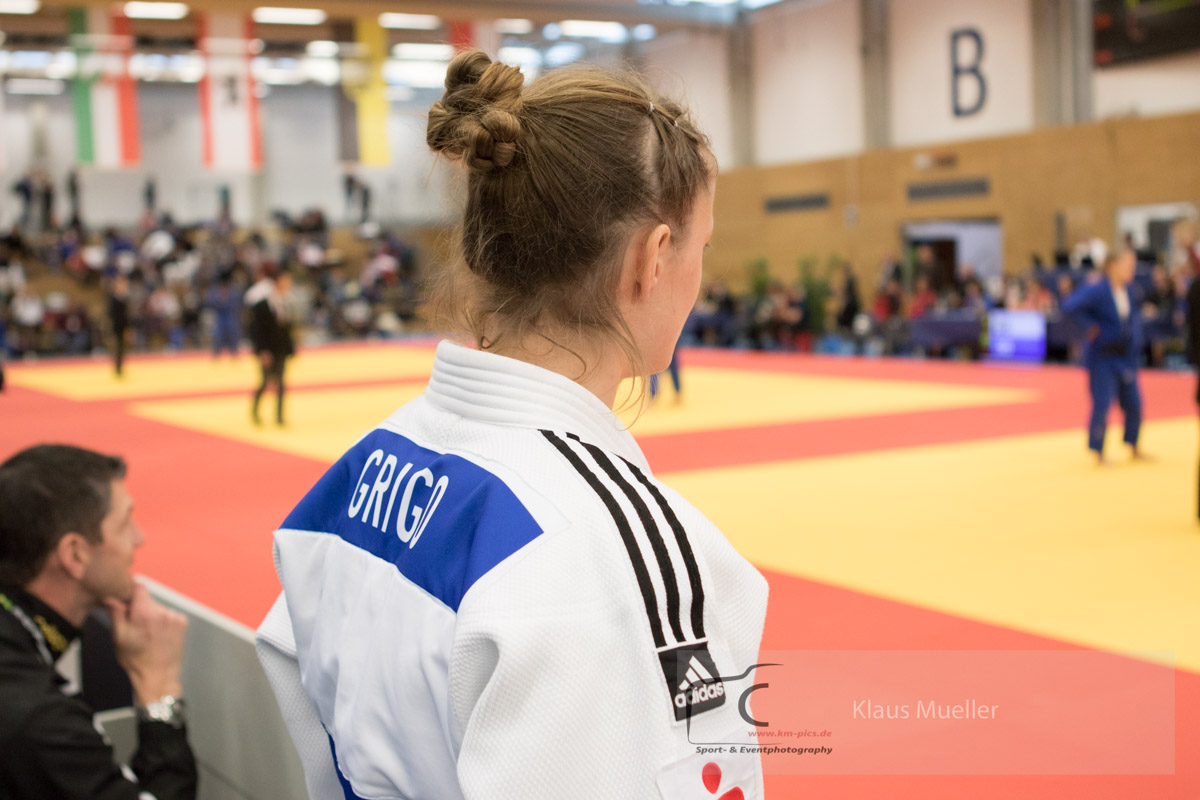

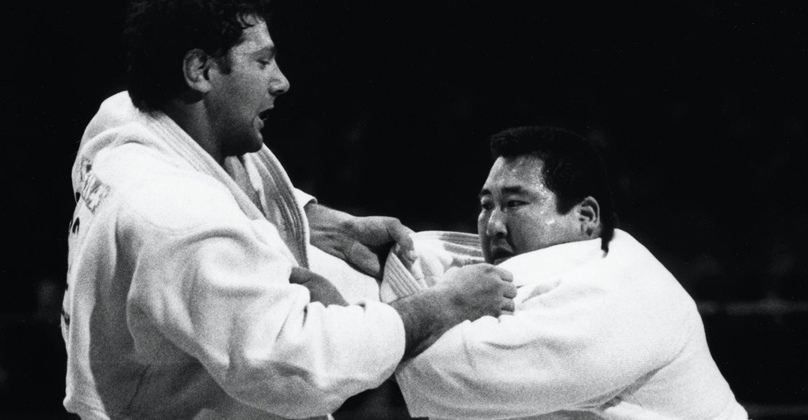
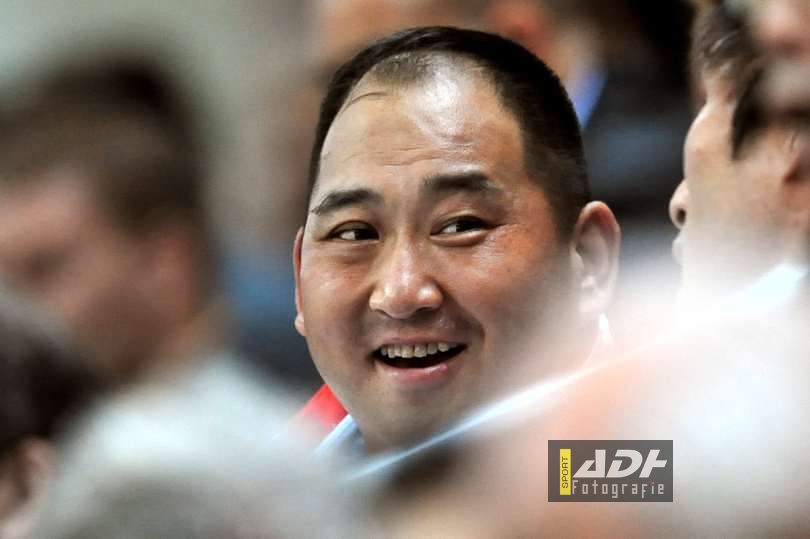

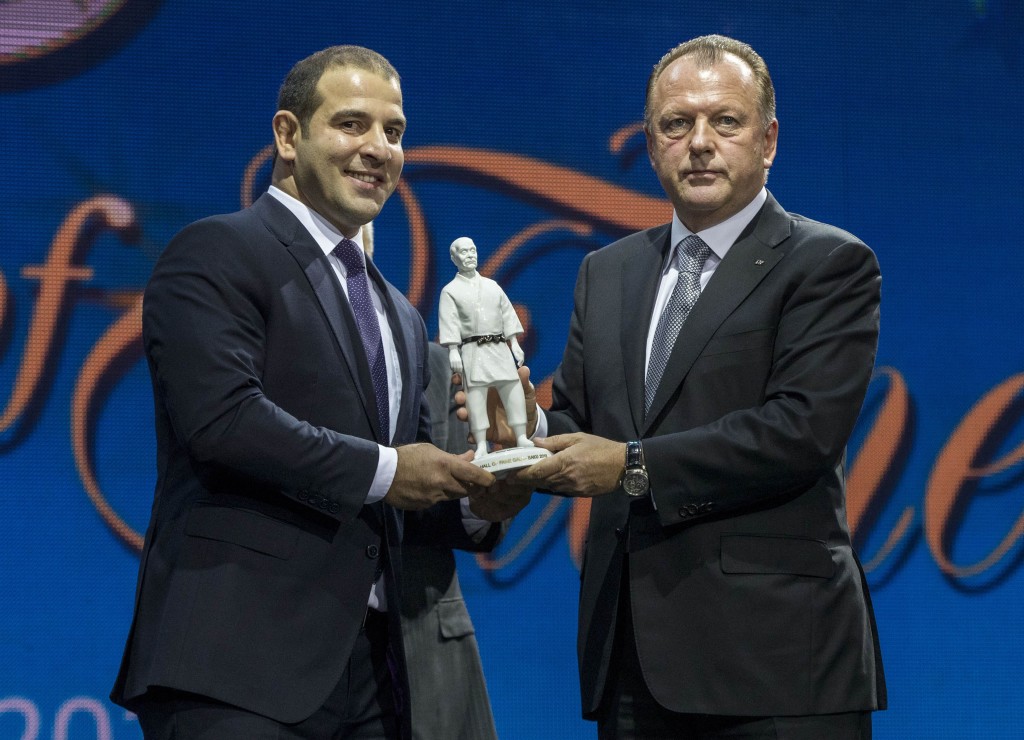
.jpg)











